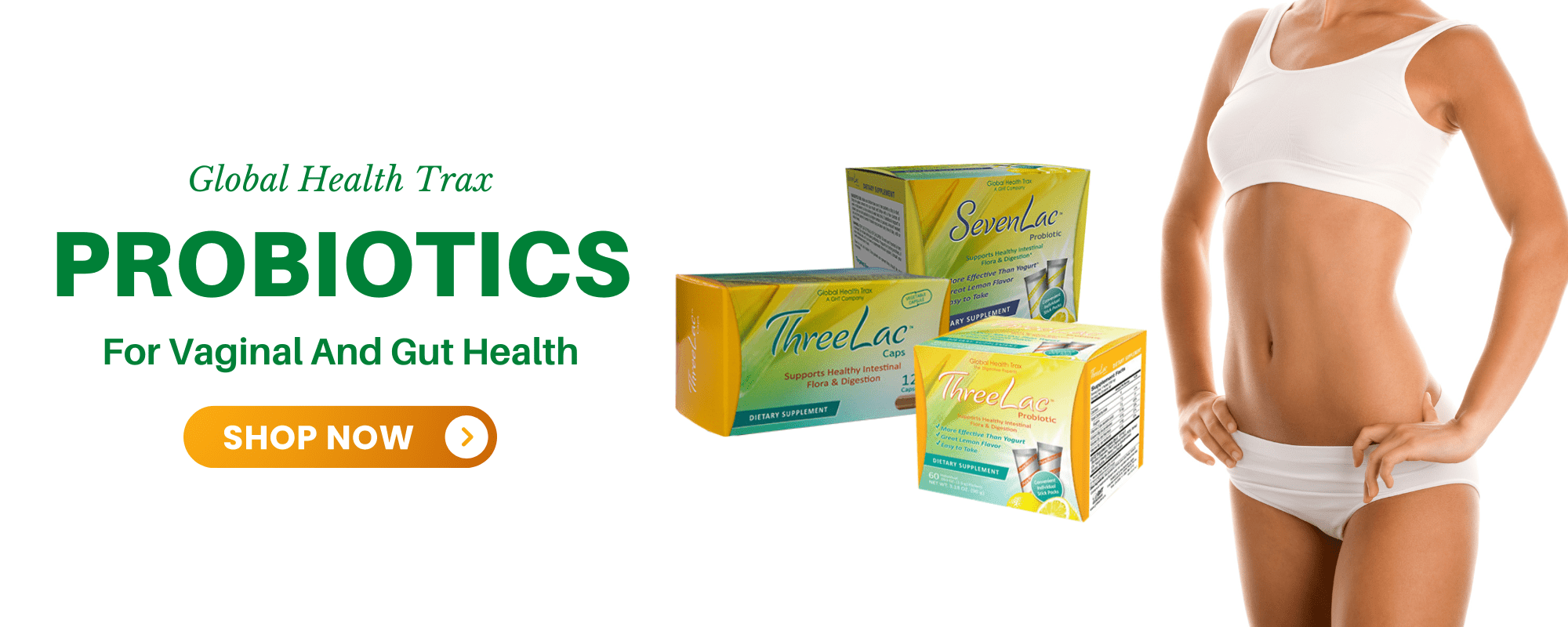How to know if your yeast infection is going away?
Yeast infections are very common, but they're a nuisance to live with, and the symptoms can range from slightly uncomfortable to miserably disruptive. If it is your first time experiencing a yeast infection, you'll want to know how long it will last. The answer to that question really depends on the severity of the infection and the product you use to treat it. "The recommended duration of treatment varies, depending on the product used. But it usually takes only 1 to 6 days."1
If you seem to be getting yeast infections often, it may be time to look into whether you have too much yeast in your system. A systemic overgrowth can be associated with contracting repeated yeast infections, and there are some ways to combat the problem.
The first step, however, is to get a reliable diagnosis when you suspect you have an infection. Because yeast infections share some common symptoms with other, more serious health conditions, such as sexually transmitted diseases, it's always advisable to seek a professional opinion before treating it on your own.
The signs to look for
Once confirmed, you may receive medication from your doctor or try one of the home remedies. Either way, you need to understand how to know if your yeast infection is going away. When you have a yeast infection, vaginal discharge is thicker and often has an unusual odor. The first sign that your infection is clearing up is discharge returning to normal, both in appearance and smell.
Another bothersome symptom of yeast infections is that they cause itching in the genital area. As your infection begins to recede, you'll be relieved to notice that you have reduced itching. And finally, any rash, swelling, or redness of your genitals should disappear, letting you know that the infection has gone away.
Preventing future yeast infections naturally
When you've gotten the all-clear on your health, you'll likely be eager to learn how you can go about preventing yeast infections from plaguing you in the future. The U.S. Department of Health and Human Services provides a list of dos and don'ts on their page entitled Vaginal yeast infections.2
Some of the suggestions include: do not use scented feminine products, change your tampons and pads often, do not wear tight underwear, change out of wet swimsuits or workout clothes as soon as possible and always wipe from front to back. To see the full list, click on the link in the footnotes.
The use of probiotics can help balance the bacteria in your gut, which in turn, can prevent yeast from growing out of control in your body. This is one of the best ways to target the issue at its source if topical products aren't helping.
References
1 Vaginal yeast infection (thrush): Overview, Ncbi.nlm.nih.gov.
2 Vaginal yeast infections, Womenshealth.gov.
NOTE: The NCBI, and U.S. Department of Health and Human Services have not reviewed or approved the above article.

